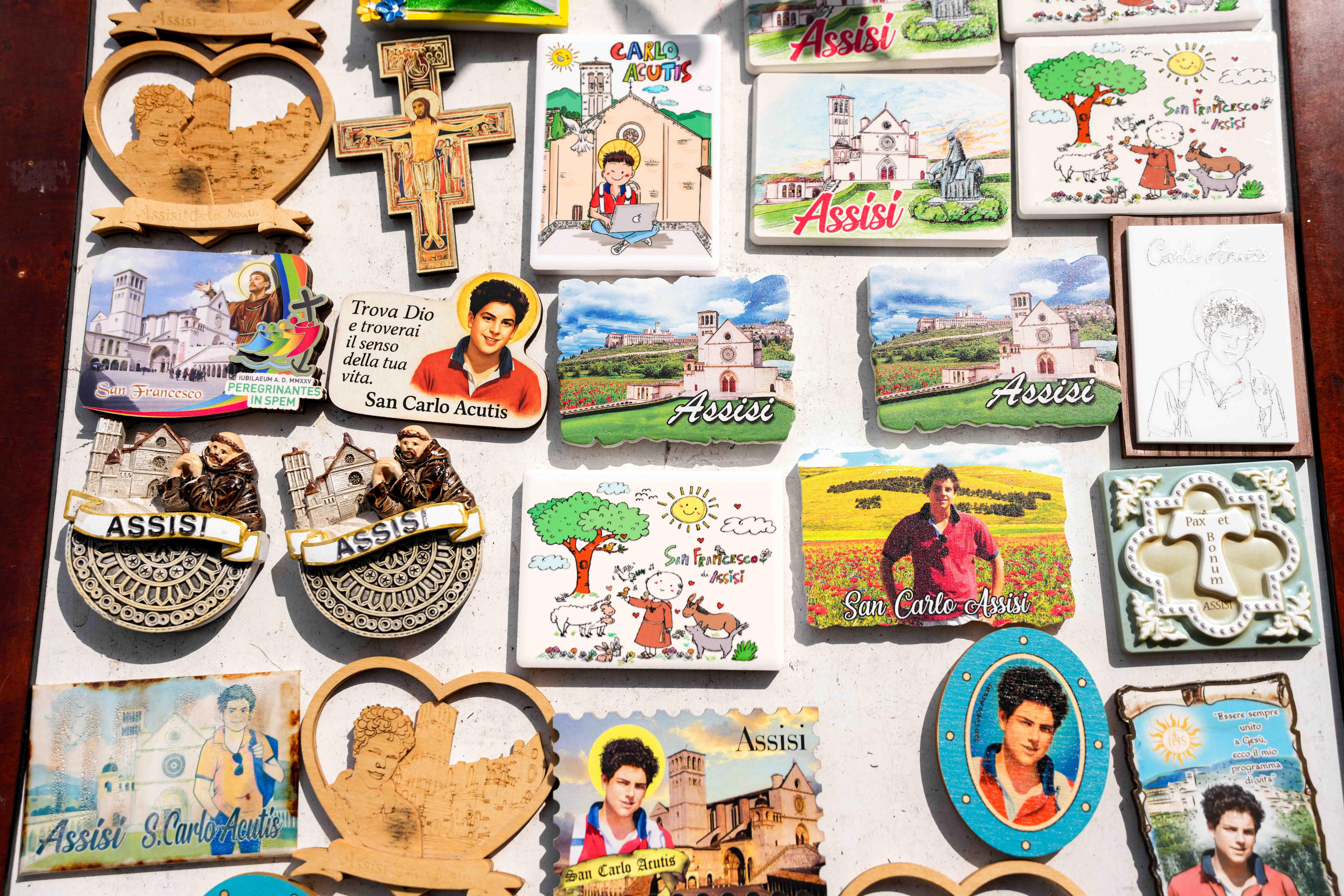April 6, 2018 at 1:53 p.m.
Hospice walks with the dying
A parishioner of St. Mary's Church, Crescent, she was an only child and lived in the Capital Region while her father was in New Jersey. She would travel there by herself while her husband stayed home to take care of their children.
"I went down there with no support," she said. "I did a lot of reading [about death and dying]. I went through it the hard way."
Help for others
After her father died, Mrs. D'Aleo learned that Hospice was forming in Schenectady and decided to become a volunteer. The organization is now known as Community Hospice, and she has been a volunteer for 20 years.Mrs. D'Aleo wanted to be able to help people in the same situation she had been in. "I went through it on my own," she said. "I wanted to provide support."
Being a Hospice volunteer is not depressing, she said, adding: "It's life affirming. It makes me realize how precious life is when I see someone not able to do the simple things."
One-on-one
Mrs. D'Aleo works with one patient at a time. She makes weekly visits to their homes, coming more often if necessary. Her commitment to the family lasts through their bereavement period.Each visit is different. At times, she may just talk with a patient who is eager to talk. "They may need to talk to someone who is not emotionally involved," she said. "Just listening is key."
At other times, she may provide two to three hours of respite for the family. "I've scrubbed floors because the patient wasn't able to," she said.
Healing time
In her years as a volunteer, she has established close relationships with the families she has met. She has also seen them make changes. "I've seen the healing of families and have seen them pull together," she said.As the patient moves closer to death, Hospice volunteers like Mrs. D'Aleo visit more frequently, helping prepare family members for the death of their loved one. An on-call nurse will prepare them for the physical aspect of death.
"What we really want to encourage and support is that family members be comfortable to be there," she said. "It's not as scary as they thought it would be."
Being there
When someone is dying, Mrs. D'Aleo said, it is important for family members to be present."Tell your loved one you love them," she said. "Touch them. Hold their hand. Tell them it's okay with you for them to move on. Tell them they've done a good job."
When a person is dying after a long illness, he or she can be struggling. Dying, she said, is "a great release. They go to a much better place."
She has also noticed that "people with faith seem to be able to withstand a lot."
Giving and getting
While Mrs. D'Aleo is the one giving her time, she has found she is on the receiving end of many benefits."It's made me listen better," she said. "I do see people come to a real peace as they work through the process. I'm less afraid to die."
(For more information about Hospice or about becoming a volunteer, call 525-1686 or 377-8846.)
(01-07-99) [[In-content Ad]]
- Pope talks about what St. Augustine has given him and taught him
- Friar behind ‘Rosary in a Year’ explores Jesus Christ’s ‘blueprint’ in the beatitudes
- Nicaraguan-style law used to expel religious groups stokes fears in El Salvador
- LIVE UPDATES: Parents, clergy grapple with aftermath of Annunciation shooting
- Pope appoints Filipino-born priest as San Jose auxiliary bishop
- Washington roundup: FBI investigates Catholic school shooting, Trump targets flag burning
- Parents, clergy grapple with aftermath of Minneapolis Catholic school shooting
- Archbishop Hebda is praying for a ‘healing of memories’ following Annunciation shooting
- Sydney couple raise the roof with Pope Leo hat trick
- Fletcher loved his family, Harper was a ‘joyful’ big sister: Annunciation shooting victims mourned







Comments:
You must login to comment.